Precision in Every Lens: The Art and Science of Glass Optics Manufacturing
Created at : Nov 13 2025
Glass optics are among the most vital components in modern technology. From microscopes and telescopes to medical devices, lasers, and smartphone cameras, these precisely engineered pieces of glass are responsible for shaping, focusing, and manipulating light with exceptional accuracy. The manufacturing of glass optics is a fascinating combination of science, engineering, and craftsmanship — one that requires precision at every stage to produce components that meet the exacting standards of today’s optical systems.
What Are Glass Optics?
Glass optics are transparent components designed to control the behavior of light. They bend, reflect, or filter light waves to achieve a specific function — whether that’s focusing an image, redirecting a beam, or isolating a wavelength. Common examples include lenses, prisms, filters, mirrors, and optical windows.
Each optic is carefully engineered to meet strict optical and mechanical requirements, such as flatness, curvature, and refractive index. These characteristics determine how efficiently the optic transmits or manipulates light. Even the slightest imperfection, such as a microscopic scratch or surface deviation, can impact performance in precision instruments like microscopes or laser systems.
Step One: Selecting the Right Glass
The process begins with selecting the ideal optical glass for the application. Not all glass is created equal — optical glass is engineered for exceptional clarity, purity, and stability. The choice of material depends on the wavelength range, environmental conditions, and mechanical requirements of the optic.
Common materials include:
- BK7 borosilicate glass: A popular, versatile glass with excellent transmission in the visible spectrum and good mechanical strength.
- Fused silica (quartz): Known for its high thermal resistance and excellent UV and infrared transmission properties.
- Crown and flint glass: Used together in lens systems to correct chromatic aberrations caused by light dispersion.
Each glass type has a unique refractive index and dispersion characteristic, which determines how light bends as it passes through. Selecting the correct glass is the foundation for achieving the desired optical performance.
Step Two: Cutting and Shaping the Blank
Once the glass type is chosen, large glass blocks are cut into smaller pieces known as blanks. This initial shaping process, called blanking, defines the approximate size and geometry of the final optic. Diamond saws or core drills are used to cut discs, rectangles, or other rough shapes.
After cutting, the edges of each blank are ground to remove sharpness and reduce the risk of chipping. The blank is then fine-ground to within a few thousandths of an inch of its final dimensions. At this point, the optic’s surfaces are still rough and translucent, not yet ready to interact with light effectively.
Step Three: Grinding for Precision Form
The grinding stage refines the blank’s geometry to match the desired curvature or flatness. This step is crucial because it defines the optic’s shape, which directly affects how it will manipulate light.
Coarse grinding uses diamond-bonded tools to remove excess material and establish the approximate surface curvature for lenses or the flatness required for mirrors and windows. Once the coarse shape is achieved, fine grinding follows, using progressively smaller abrasives to smooth the surface and prepare it for polishing.
In modern manufacturing, CNC (computer numerical control) grinding machines are often used for their precision and repeatability. These automated systems can produce highly accurate surfaces, even for complex aspherical lens shapes, where traditional methods might struggle to maintain consistency.
Step Four: Polishing to Optical Clarity
Grinding provides shape — polishing delivers optical performance. During this stage, the surface is transformed from frosted and rough to crystal clear and smooth.
A polishing pad, typically made of pitch or polyurethane, is used along with a fine abrasive slurry such as cerium oxide. The optic moves in carefully controlled motions that remove microscopic imperfections and smooth the surface to a roughness of just a few nanometers.
This process is both art and science. The technician must balance speed, pressure, and temperature to achieve an optically smooth surface without introducing distortion or stress into the glass. For high-precision optics used in scientific or defense applications, polishing can take many hours or even days to achieve the required tolerances.
Step Five: Centering and Edging
After polishing, lenses undergo centering and edging — an alignment process that ensures the optical axis is perfectly centered relative to the mechanical edge of the part. This is critical in multi-element lens systems, where even a slight misalignment can lead to image distortion or loss of focus.
The optic is mounted on a spindle and rotated while a diamond tool trims the edges to achieve concentricity. The finished lens now has the correct shape, alignment, and clarity, ready for final coating and inspection.
Step Six: Optical Coatings for Performance
Coatings are applied to enhance performance and protect the optic’s surface. These coatings consist of ultra-thin layers of metallic or dielectric materials deposited in vacuum chambers under cleanroom conditions.
Common types include:
- Anti-reflective (AR) coatings: Minimize light loss by reducing reflection.
- Mirror coatings: Aluminum, silver, or dielectric layers that create high reflectivity.
- Filter coatings: Allow only specific wavelengths of light to pass, useful in imaging, sensing, or laser systems.
By tailoring the coating’s material and thickness, manufacturers can control how light interacts with the optic — boosting transmission efficiency, improving contrast, or adding protection against moisture and abrasion.
Step Seven: Inspection and Quality Control
Each optic undergoes rigorous testing before it’s approved for use. Precision is paramount, and even microscopic deviations can compromise performance.
Key inspection methods include:
- Interferometry to measure wavefront accuracy and detect surface irregularities.
- Surface profilometry to evaluate curvature and topography.
- Spectrophotometry to verify optical transmission and reflectance properties.
- Visual inspection under bright, controlled lighting to detect scratches, pits, or inclusions.
Only optics that meet strict industry standards move forward to cleaning and assembly.
Step Eight: Final Cleaning and Packaging
The last stage involves ultrasonic cleaning in specialized solutions to remove any residual polishing compounds or contaminants. Once dried, each optic is handled with gloves in a cleanroom environment and packaged in protective, anti-static materials to prevent damage during shipping.
For optics that are part of multi-component assemblies — such as camera lenses or laser modules — technicians perform precise alignments and secure the components in housings designed to maintain stability and performance.
Traditional vs. Modern Manufacturing Techniques
While traditional glass optics manufacturing remains the benchmark for precision, new technologies are expanding possibilities. CNC machining and computer-controlled polishing systems deliver unmatched consistency, while optical molding offers an efficient way to mass-produce smaller components for consumer electronics. Hybrid techniques that combine traditional craftsmanship with digital control continue to redefine what’s possible in optical engineering.
A Fusion of Craftsmanship and Technology
The production of glass optics is more than a manufacturing process — it’s a discipline rooted in precision and perfection. Every phase, from material selection to final inspection, requires meticulous control to ensure that each optic performs flawlessly.
As industries evolve and demand higher-performance systems, the world of optical manufacturing continues to advance with new materials, coatings, and automation. Yet, the essence remains the same: the pursuit of optical excellence through the precise shaping of glass and light.
In every lens, prism, and mirror lies the story of innovation, craftsmanship, and science — where clarity isn’t just a property of glass, but a reflection of human precision.

 CUSTOM OPTICAL FILTERS
CUSTOM OPTICAL FILTERS
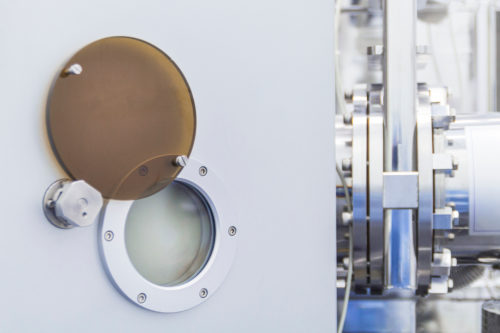 OPTICAL WINDOWS
OPTICAL WINDOWS
 OPTICAL COATINGS
OPTICAL COATINGS
 UV OPTICS
UV OPTICS
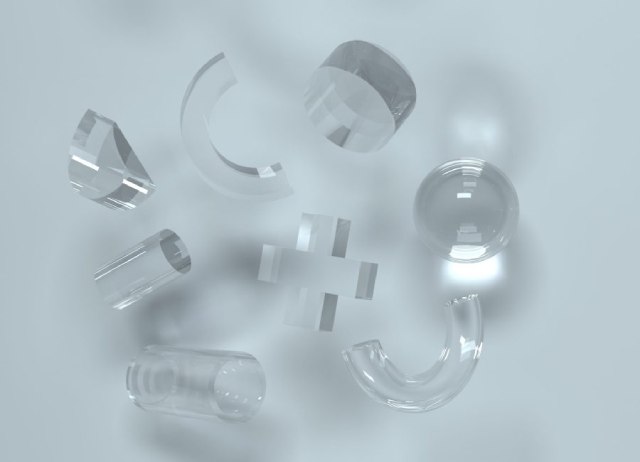 CYLINDRICAL OPTICS
CYLINDRICAL OPTICS
 CUSTOM TEMPERED OPTICS
CUSTOM TEMPERED OPTICS
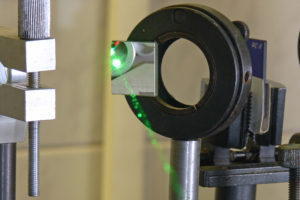 OPTICAL MIRRORS
OPTICAL MIRRORS
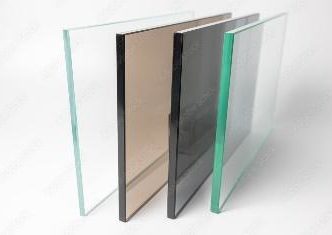 NEUTRAL DENSITY
NEUTRAL DENSITY
 PRISMS & RETROREFLECTORS
PRISMS & RETROREFLECTORS
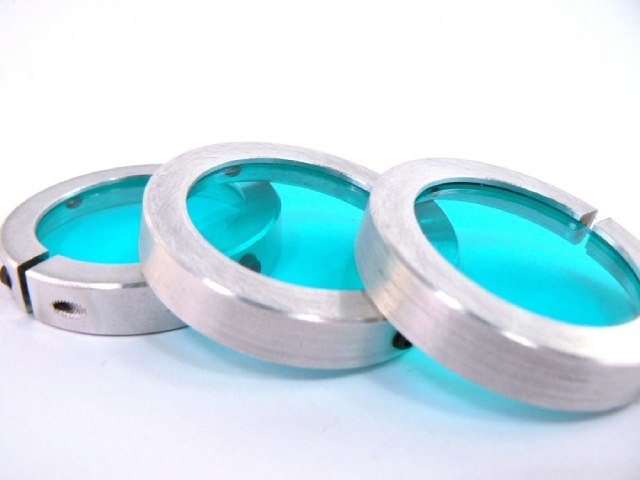 ASSEMBLIES
ASSEMBLIES
 OPTICAL LENSES
OPTICAL LENSES
 NIGHT VISION FILTERS
NIGHT VISION FILTERS
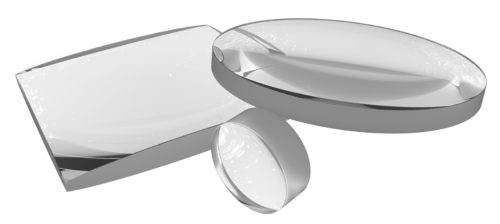 ACHROMATIC LENSES
ACHROMATIC LENSES
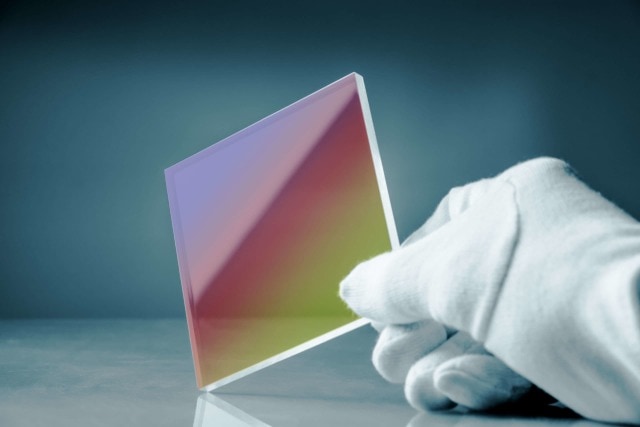 OPTICAL BEAM SPLITTERS
OPTICAL BEAM SPLITTERS
